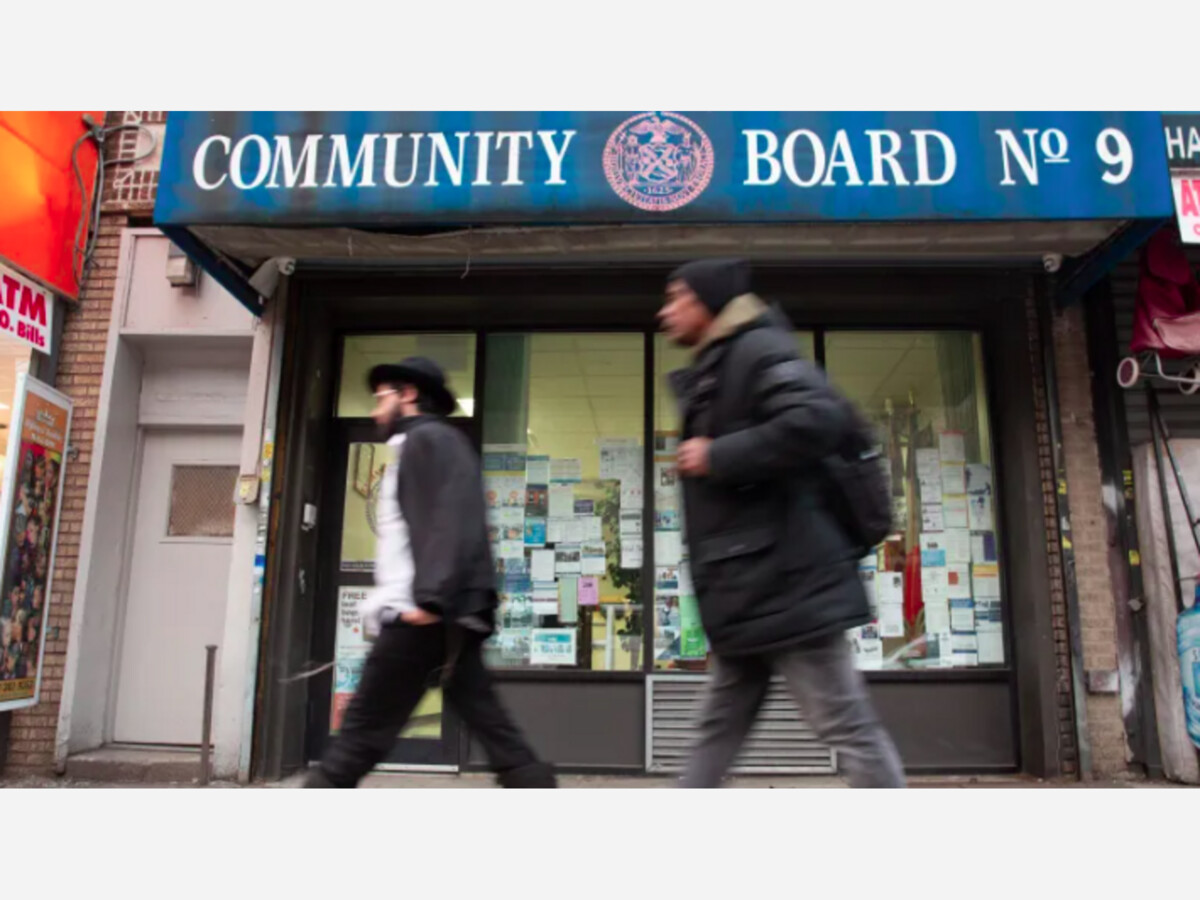Image

Community boards in New York City weigh in on liquor licenses, budget items and local development rules. Chances are, they’ve hosted a heated debate in your neighborhood over future housing, or roadway changes.
But what is a community board, really? And how do its members get a say in all those hyperlocal issues, from street cleaning to rezonings?
Now’s the time to learn — because boards across the boroughs are choosing new members very soon.
For those curious about what boards do and how to get involved, listen up: Most of the five borough presidents are taking applications between January and March.
Here’s what to know about the process, and what to expect if you’re chosen to join:
First step is: apply!
Applications have opened in four of the five boroughs for 2023 so far. Here are the links and deadlines:
There are 59 boards total, each corresponding with a community district, groupings of neighborhoods that can include up to 250,000 people.
Each board has up to 50 members, all volunteers, and have no minimum nufter a dramatic rise in housing sales in the Hudson Valley as a result of the pandemic, the buying of homes started to decline in 2022mber of members. Board members serve via staggered two-year terms, which means half must be reappointed or replaced every year.
All of those people are appointed by their own borough president. City Council members can recommend new applicants, but the final call rests with the BP.
Each BP has a different process for going through applications, which can include a written application and interviews. But, by the numbers, the chances are pretty decent that you’ll land a spot.
There are no prerequisites to join a board, except that you must live or work in the district where you’d like to serve. Any city resident 16 or older can join.